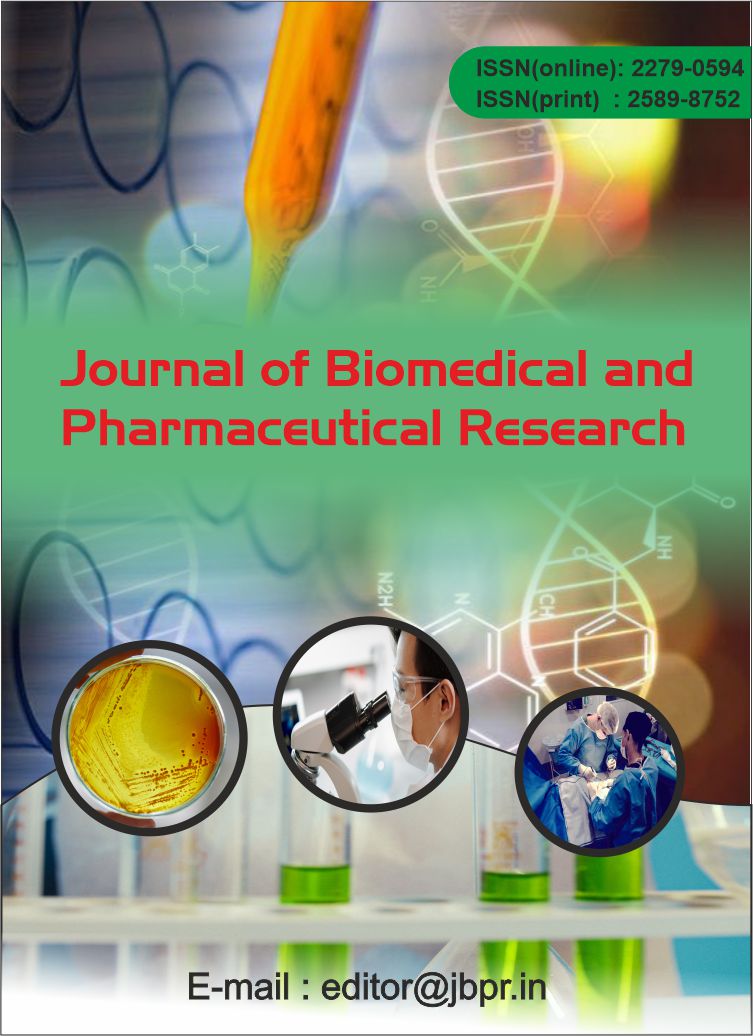Resistance Mechanisms in Pseudomonas aeruginosa in ICU
Abstract
Pseudomonas aeruginosa is a common opportunistic pathogen in intensive care units (ICUs), causing a wide range of infections, especially in immunocompromised and critically ill patients. The increasing resistance of P. aeruginosa to various antibiotics poses a significant challenge in the management of nosocomial infections in these settings. Resistance mechanisms in P. aeruginosa include the production of β-lactamases, efflux pumps, and the ability to form biofilms, which protect the bacteria from antibiotic activity and host immune responses. This review discusses the primary resistance mechanisms of P. aeruginosa in the ICU, highlighting the genetic and phenotypic adaptations that contribute to its survival in hostile hospital environments. The identification of resistance patterns and the detection of virulence factors are critical to informing appropriate antimicrobial therapy and infection control strategies. The review also emphasizes the role of antimicrobial stewardship in managing P. aeruginosa infections and mitigating the emergence of resistant strains. Given the complexity of resistance mechanisms, the study underscores the need for continued surveillance and novel therapeutic approaches to combat P. aeruginosa infections in the ICU.
Keywords: Pseudomonas aeruginosa, ICU, resistance mechanisms, multidrug resistance, antibiotic resistance, biofilm formation, efflux pumps.
![]() Journal of Biomedical and Pharmaceutical Research by Articles is licensed under a Creative Commons Attribution 4.0 International License.
Journal of Biomedical and Pharmaceutical Research by Articles is licensed under a Creative Commons Attribution 4.0 International License.





